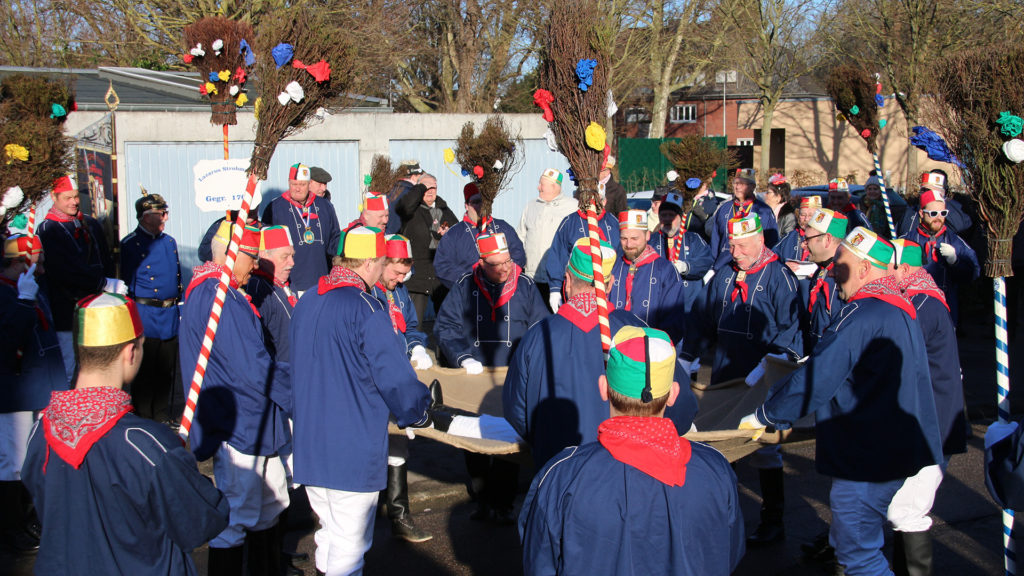Where nuns once worked
Medicine as a driving force for structural progress
The history of Jülich Hospital is characterized by constant change. From the very beginning, the building had to be repeatedly adapted to the innovations in medicine and patient treatment in terms of construction and organization. The history of the hospital is therefore also one of medical and nursing progress.
An epidemic house was first mentioned in Jülich in 1597. From 1678, nuns of the Order of St. Francis took over an inn in the town, which was also used as an old people’s home, poorhouse and hospital. The first separate building for the care of the sick was erected in 1678 on the northern corner of Raderstrasse and Grünstrasse.
For around two hundred years, medical care was provided there for people from Jülich and the surrounding area. However, the conditions in this building were extremely poor in the 19th century, which is why the town began planning the construction of a new hospital in 1888. Today’s site on Neusser Straße was chosen as a suitable location.
The hospital was opened on November 19, 1891. The patron saint of St. Elisabeth Hospital Jülich was St. Elisabeth of Thuringia. The care of the sick was taken over by ten Franciscan sisters from the motherhouse in Olpe. After a short time, this hospital was already too small again. In the following years, it was extended by several additions In the 1920s, the pressure to act became great again: the “old” building had become far too small and its room program was no longer up to date.
During the Second World War the hospital was destroyed; it was rebuilt in 1946 and underwent constant expansion. Most recently, a new ward block was built in 2006. The gynecology and obstetrics department closed in mid-2013. .
From 1891 to 1963, it was run by the town of Jülich. With the municipal reorganization in 1972, the land and buildings became the property of the district of Düren. Since April 1, 2023 of this year, the city of Jülich has been the sole shareholder of Jülich Hospital, thus resuming a centuries-old tradition.
















